You are barely breathing your still alive! It’s AMAZING! We come into this world on an Inhale and we go out on an Exhale; surely that is all we need to know? Make sure we are breathing enough to keep from keeling over whilst going about our business in between those two most important breaths of all? We all walk around, functioning to a greater or lesser extent breathing as we do. It is possible to live and to function whilst scarcely breathing at all. This is how I was when I took up Bikram Yoga. It is ASTONISHING sometimes what the body will put up with. BUT. It is no way to live. Even with the Yoga, in the early days with so much of it being a strange concept to me, the idea that I needed to give the breath any attention, let alone 90 minutes of it (Oh My God!), still didn’t quite add up to me; this was a fundamental of nature and my given right to take it for granted? At the grand old age of 27 {1998} the idea that there was any technique involved that I didn’t know about pertaining to breath already sounded ridiculous.
SURELY I knew all I needed to know about this thing I had been doing since the day I was born.
But, somewhere after childhood something changed and I lost the fine art of breathing properly. In class I didn’t ‘get’ the Pranayama, or its purpose. I sneaked extra breaths where I could. I was either breathing shallow or holding my breath through periods of the class, gasping the occasional extra mouthful (yes! ‘mouthful’) of air in between asanas.
All superficial breathing and YET ! I still lived to tell the tale. I still walked out of class feeling 100 times better than when I walked in. So there it is. My proof! One can still try this Yoga with all the wrong breathing and STILL get HEAPS of benefits. BUT I wouldn’t recommend it in the long term J My breath was stuck in my upper chest. The battle to draw it down had commenced. It wasn’t ‘til years later I saw the correlation between my quality of life and quality of my breathing. So if your breath is stuck you need to start ventilating your lungs, training them to make the full gaseous exchange that they are meant to, the drawing in of oxygen and the expelling of carbon dioxide. The process is simple. It has always been there. Before we were even here it was there 🙂 .
Of course you don’t have to come to a Yoga class to learn to breathe properly (there are ‘coaches’ and ‘books’) but I can say from experience that the necessary focus and reminders on the ‘Art of Normal Breathing’ in a Bikram environment for the 90 minute duration will help you make big leaps forward on this and speed up the process to freeing your ‘easy’ breath. In this Bikram Yoga practice when you get better at breathing you (1) get better at recovery and (2) the effort required for challenging postures is reduced. When you start to realise that you will start to add the slower, deeper breathing aspect in to your practice and start to make lots of headway. So in your Bikram Yoga you give attention to the breath. Working the Pranayama at the beginning (in that optimal 6:6 action) helps you find your rhythm again if you have come in tense, anxious and stuck. It will get the muscles of respiration relaxed and moving again in readiness for your asana practice. Essentially you ‘work your breath’ so that your breath will ‘work for you’. TIP J. We all place great importance on the inhale, the taking in of breath, the adding on of something. My tip to you when you are new however is MAKE THE EXHALATION YOUR PRIORITY. This is the pre-cursor of a proper inhale. If you don’t breathe out fully it is impossible to breathe in correctly. Anytime you get yourself in a pickle with your breathing make your exhalation SLOW and COMPLETE. Empty your lungs to their fullest extent to remove any old air. It is not possible to empty them completely; there will be a small amount of old air left (because of the lung attachments) but as Yogis in a beginning Yoga class we are trying to minimize this amount. The more complete the exhalation the greater the quantity of fresh air can then enter your lungs and make contact with the alveolar surfaces, hop onto the haemoglobin train to then disembark as fuel to tissues and muscles and pick up carbon dioxide for the return journey.
When you are new to Yogic breathing you will need to CONCENTRATE your mind entirely upon the action of normal proper breathing. You cannot simply leave your breath to take care of itself and expect to make progress.
For those who have conditioned themselves into improper breathing techniques and are having real problems, ‘breathing properly’ has now become a quest, an ‘exercise’ in its own right:
BIKRAM BEGINNING YOGA CLASS IS A HUGE OPPORTUNITY
CONSCIOUS BREATHING: moving the DIAPHRAGM Up and Down; exercising it; STRENGTHENING IT
ASIDE FROM OUR PRANAYAMA and KAPALBHATI exercises at the start and end of class (like bookends!) NOSE BREATHING is a primary when engaging in Asanas in our Beginning Yoga class; when you get this ‘down’ you will have more endurance and reduce exertion when posturing
SLOW BREATHING elicits a strong parasympathetic nervous system response
It is now known that EXHALATIONS carry out ‘weight’ in the CD and the lungs playing a major part in normal weight regulation; we encourage and remind proper Exhalations because so many forget
IN YOGASANA BREATH ISN’T JUST ABOUT THE GASEOUS EXCHANGE
Yogis KNEW this millennia years ago: the Breath is a conduit for PRANA. It is the key to longer life and control of Prana is a fundamental of our Hatha Yoga practice. Through developing the ability to mentally engage with and consciously ‘breathe’ we can regulate, extract and store more Prana; and through this you will be in control of your own body and vitality.
Om Om Om Breath In Breath Out ~ Nothing Else Required …
(nb This post is just a QUICKTIP – There is a lot more to the physiology of breathing and many different types of Yogic breathing, this is just one feature. In Bikram Yoga school you make your breath work for YOU. You develop breath awareness and the art of ‘normal breathing’ in a challenging environment. Normal breathing can ‘change in its expression’ depending on the position you are in. It is still Normal breathing and it is not necessary to overanalyse it to get it right – this is covered in class anyway.) We also have Pranayama breathing (deepening of breath and breath control), 80/20 breathing, breathing to power your postures, inhalation focus, exhalation focus, Kapalbhati breathing (Kriya, Kapalbhati is NOT breath of fire). Whoah!! That is a lot? And we don’t even make a big fuss about it! It is just something Bikram Yogis do! Its all normal to us.
7 November 2014

